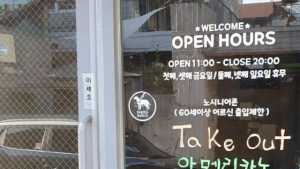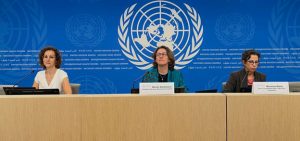DELI, Índia, Oct. 13, 2023 (GLOBE NEWSWIRE) — Sourabh Chandrakar, que recentemente enfrentou graves acusaes relacionadas com a Aplicao Mahadev, afirma veementemente que no tem qualquer envolvimento no suposto esquema de fraude financeira. Lamenta profundamente ter sido erroneamente implicado e retratado como o orquestrador por trs dessa operao.
Afirma firmemente que essas alegaes carecem de qualquer fundamento e so um esforo para manchar a boa reputao de um cidado ntegro. Sublinha que desfrutar de um estilo de vida confortvel no deve ser mal interpretado como prova do seu envolvimento em atividades ilegais.
Insiste que todos os meios de comunicao considerem estes factos, corrijam a narrativa predominante e direcionem os recursos para os verdadeiros infratores. Est empenhado em oferecer a sua total cooperao s autoridades para garantir que a justia seja feita e a verdade prevalea sem manchas.
Apela a uma investigao justa e imparcial sobre o assunto, sublinhando o seu compromisso de cooperar plenamente para levar os verdadeiros autores justia.
Sobre Sourabh Chandrakar
Na ndia, a empresa de Sourabh Chandrakar, “Juice Factory”, tem 25 filiais em Bhilai, Chhattisgarh.
Vem de uma origem humilde e tem gerido vrios negcios relacionados com FMCG, construo, subcontratao e desenvolvimento no Mdio Oriente, juntamente com vrios parceiros e marcas.
A sua experincia de empreendedor no Mdio Oriente a “Empire One Global Real Estate”, onde detm o cargo de Codiretor–geral. Tanto o Sr. Uppal como o Sr. Chandrakar tm criado valor alm do setor imobilirio para os seus clientes do Mdio Oriente Mdio e em todo o mundo.
Fonte: AETOSWire
Contactos:
Saurabh Chandrakar
00447723436941

GLOBENEWSWIRE (Distribution ID 1000854131)










